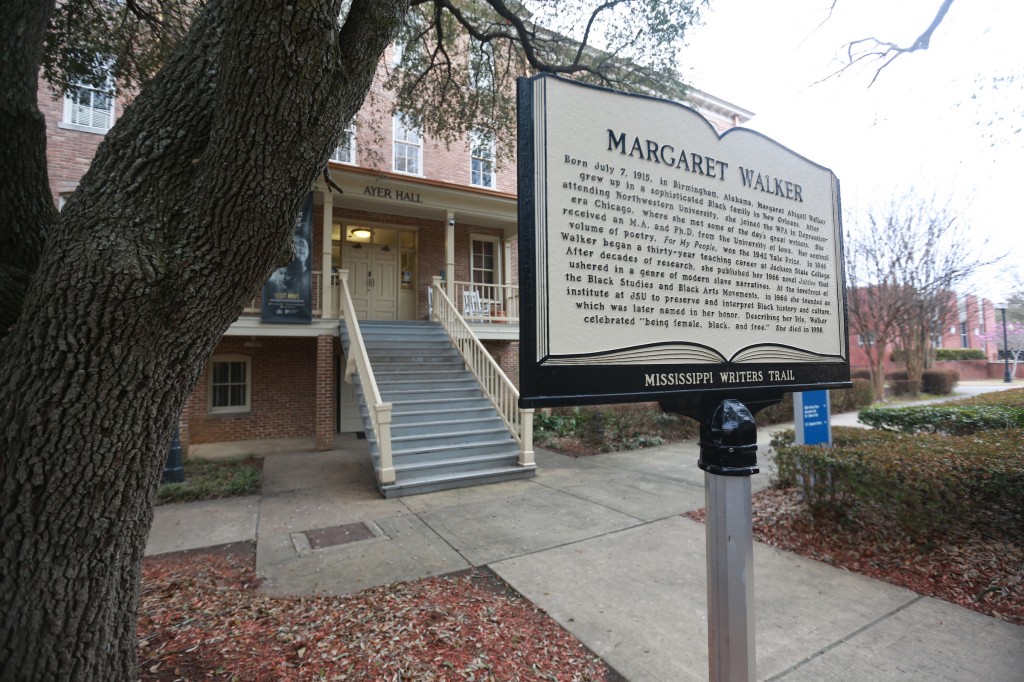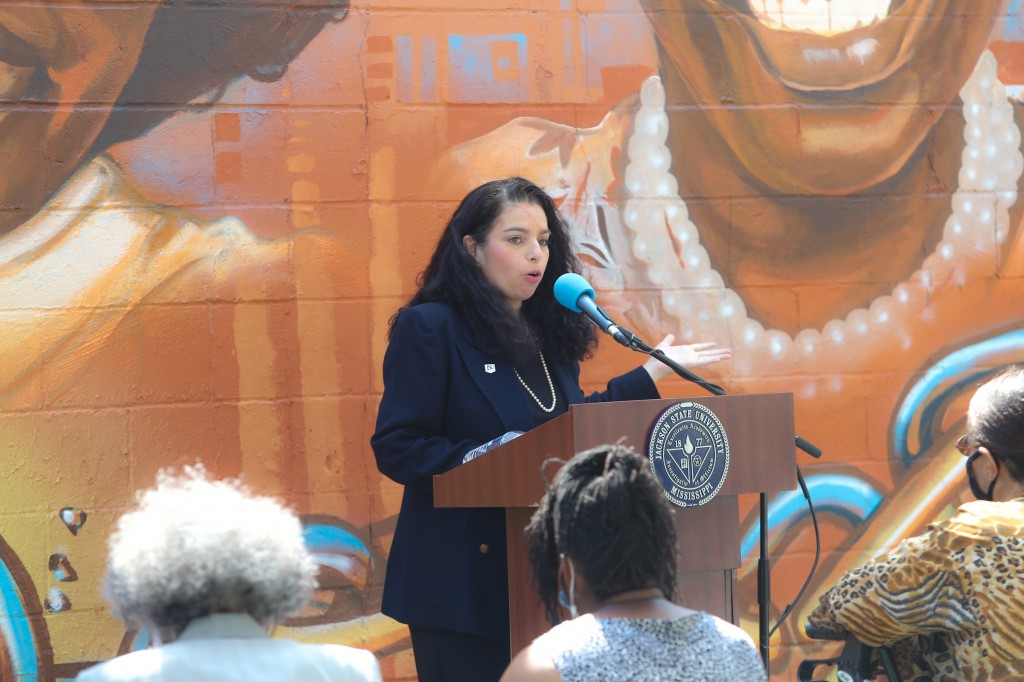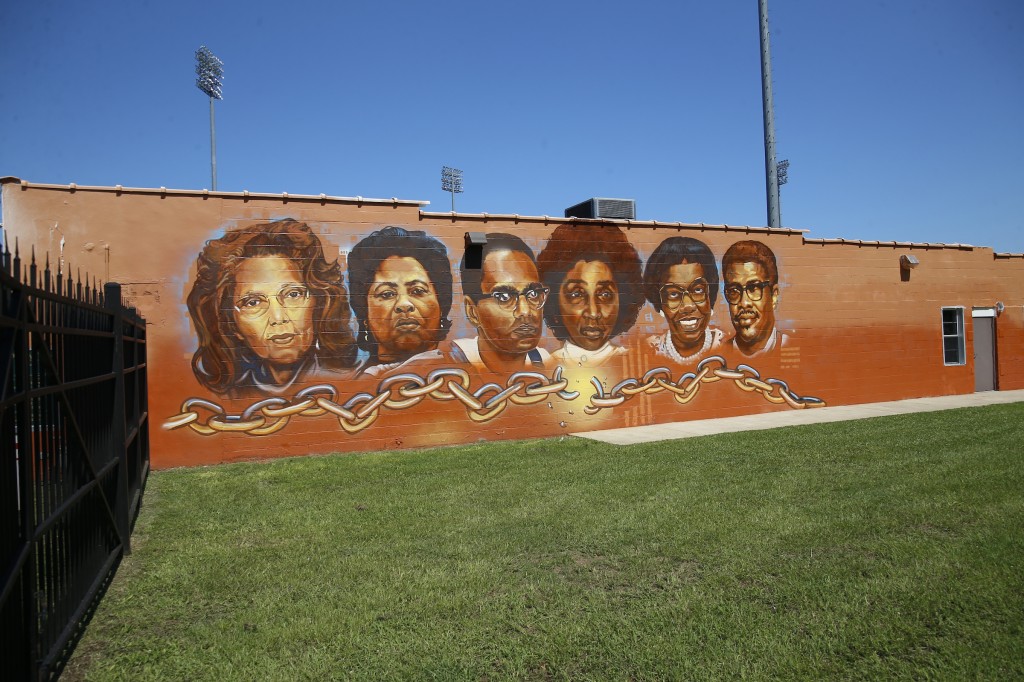![]() [hr][hr]
[hr][hr]
Jackson State University’s Office of Community Engagement recently received two National Park Service (NPS) grants totaling $650,000 for the preservation of Ayer Hall and the Council of Federated Organizations (COFO) Center.

JSU was awarded these funds as part of the 2022 HBCU grant program to assist with the preservation of historic landmarks on the campuses of Historically Black Colleges and Universities. The funds comprise a $9.7 million award to help 21 preservation projects in nine states.
Heather Denne’, Ph.D., director of Community Engagement at JSU, shared her excitement for the opportunity to help preserve the university’s legacy.
“The fact we took this on as an important project for the university, as well as the community, means that this has merit. We are excited that the National Park Service saw the value in preserving those two spaces,” said Denne.
With the rarity of receiving two historic preservation grants, Denne’ said this presents JSU with the opportunity to tackle needed exterior and interior renovation projects, which help to safeguard these historic sites.
“This is a very competitive grant, so we’re excited to be fully funded for building renovations. These will include roofing repairs, HVAC repairs, and additional build maintenance,” she shared.

According to an NPS press release, the agency has awarded more than $87 million in grants to more than 85 active HBCUs since 1990. Congress appropriates funding for the program through the Historic Preservation Fund, which uses revenue from federal oil and gas leases in the U.S. Outer Continental Shelf to assist a broad range of preservation projects without using tax dollars.
“For more than 180 years, Historically Black Colleges and Universities have provided high-level academics, opportunities, and community for generations of students. These grants enable HBCUs to preserve the noteworthy structures that honor the past and tell the ongoing story of these historic institutions,” NPS Director Chuck Sams said in a statement.

The History of Ayer Hall
Ayer Hall was constructed in 1903 and originally served as the main academic building of the institution of higher education that grew to become Jackson State University. Ayer Hall is named after Jackson State University’s first president Charles Ayer, who was named president of Natchez Seminary, in Natchez, Mississippi, on October 23, 1877. A graduate of the 1849 class of Madison University (now Colgate University), Ayer was a pioneer in providing higher education to African Americans. He served as president from 1887-1894, supervising the school’s move from Natchez to Jackson.
In 1977, the National Register of Historic Places added Ayer Hall as a historic landmark. Today, Ayer Hall is home to the Margaret Walker Center, an archive and museum dedicated to the preservation, interpretation, and dissemination of African American history and culture.
The History of the COFO Center
In 1961, the Council of Federated Organizations (COFO) was established as an umbrella organization to unify and meet the needs of an increasing presence of civil rights organizations in Mississippi, including the Student Nonviolent Coordinating Committee (SNCC), the Congress of Racial Equality (CORE), the Southern Christian Leadership Conference (SCLC), the National Association for the Advancement of Colored People (NAACP), and a host of local organizations. In 1963, COFO made 1017 John R. Lynch Street its home, and this office served as the state headquarters for the modern Mississippi civil rights movement. Making voter registration and education a top priority for the Mississippi movement, COFO was instrumental in organizing the 1963 Freedom Vote, the Mississippi Freedom Democratic Party, and the 1964 Mississippi Summer Project, better known as Freedom Summer.
Media Contact: Rachel James-Terry at rachel.d.james-terry@jsums.edu






